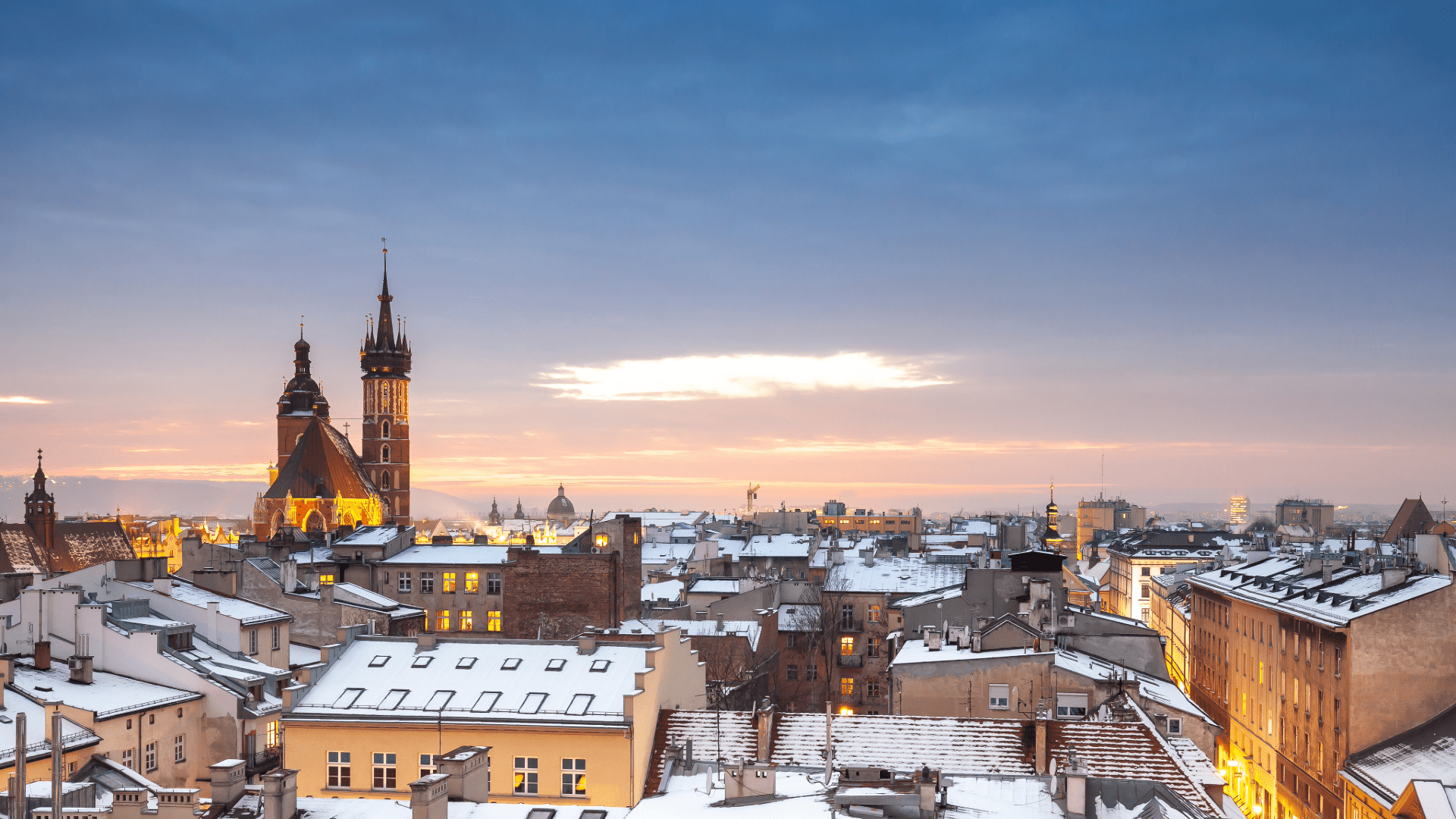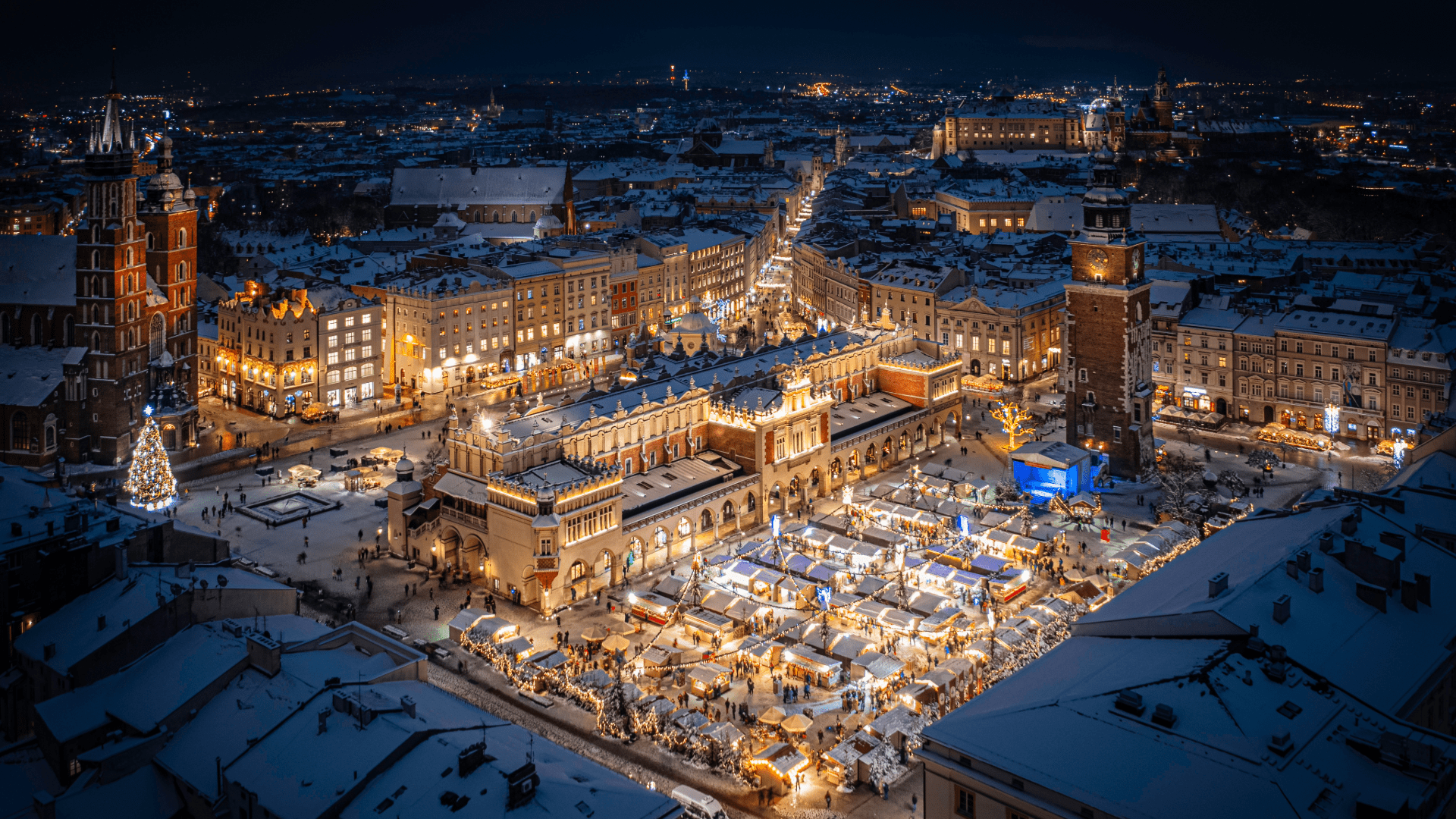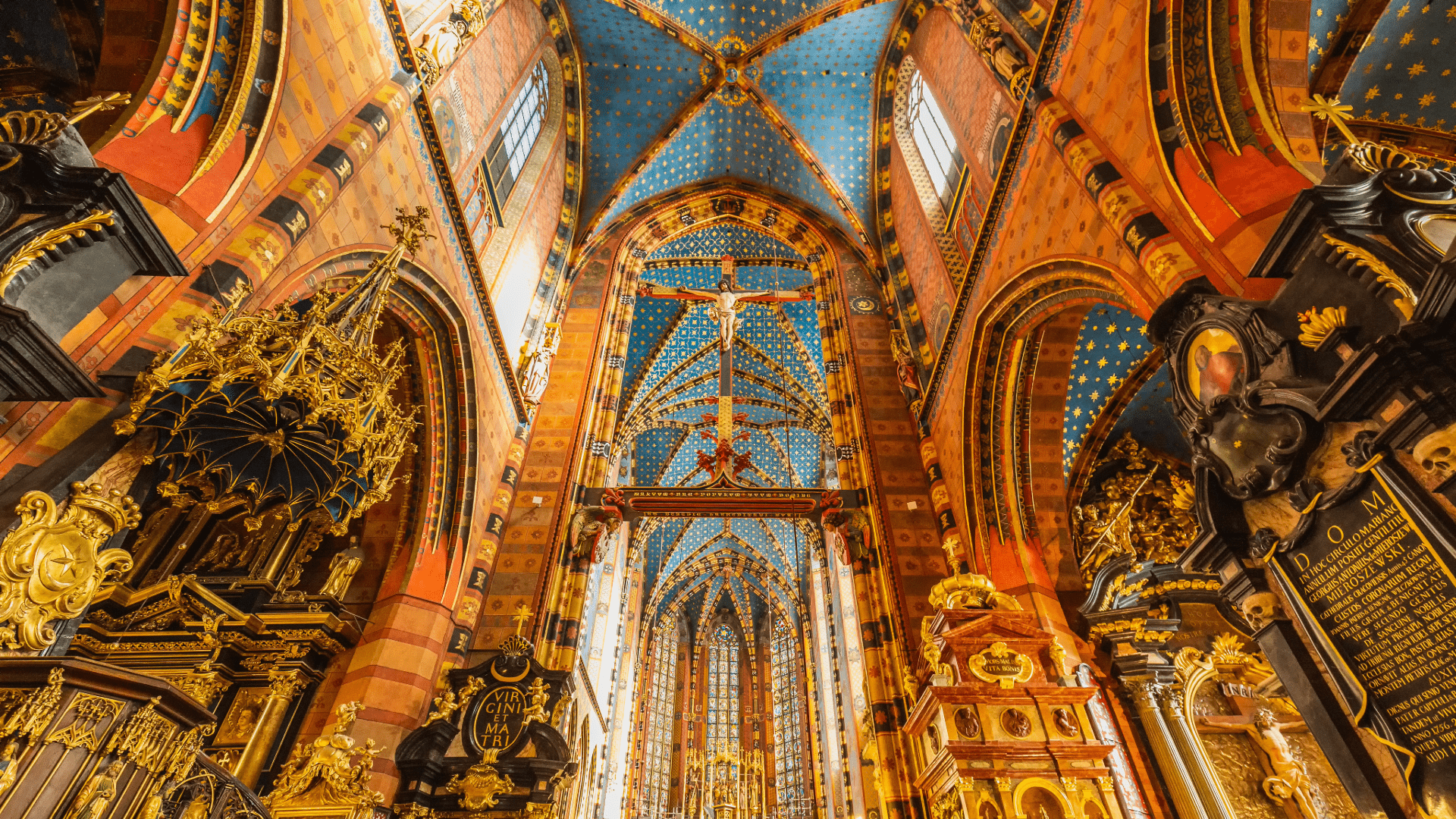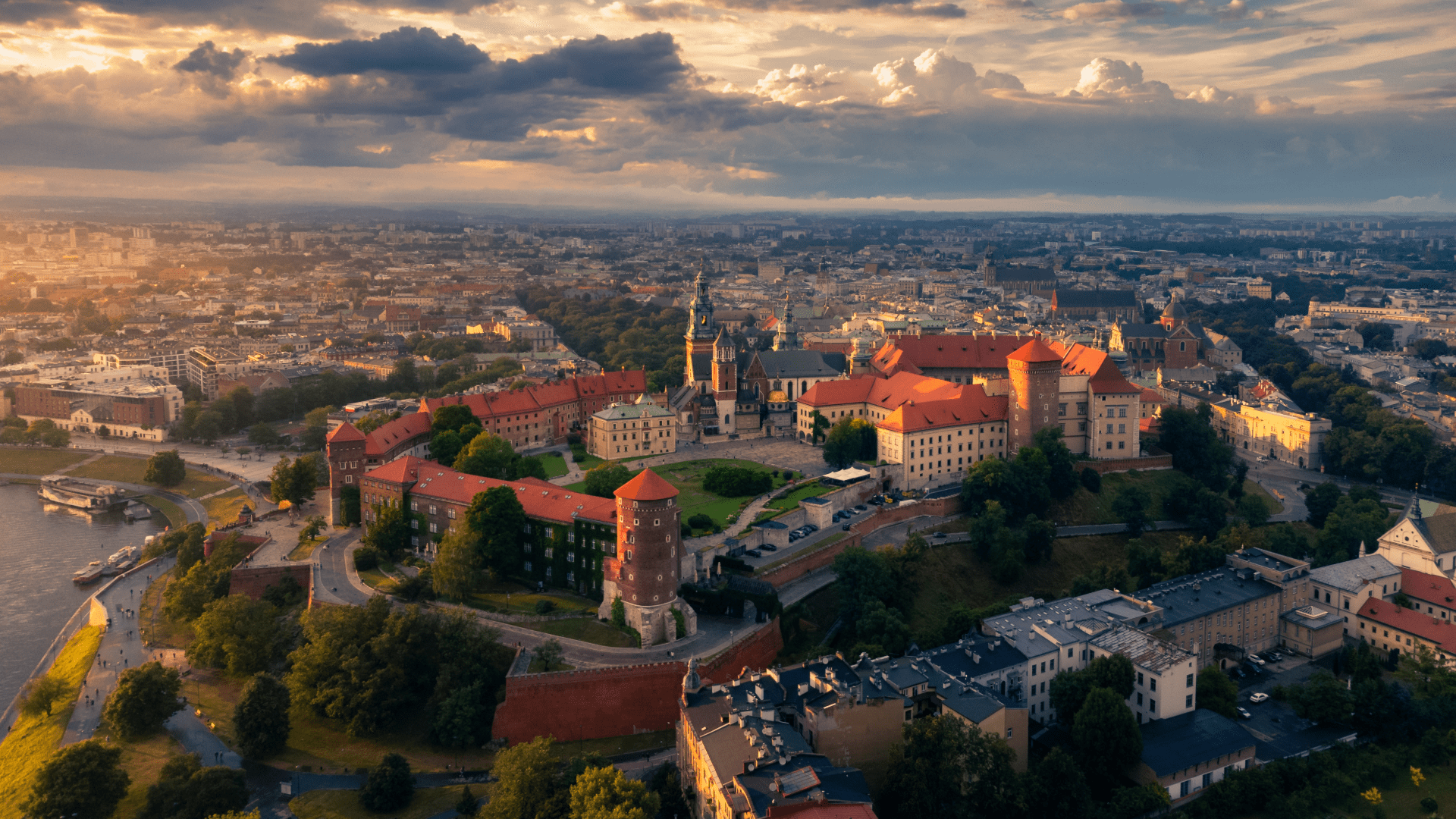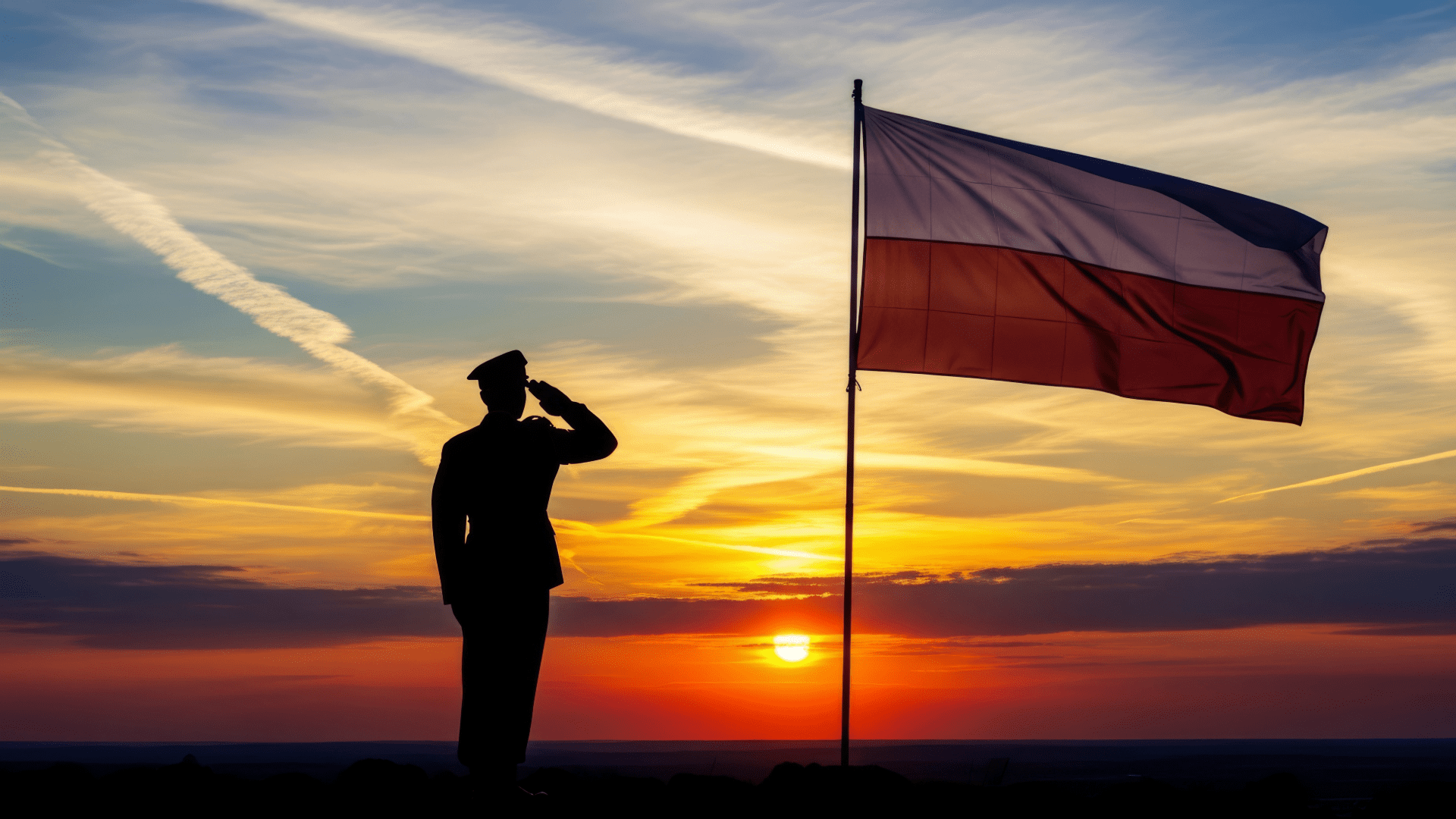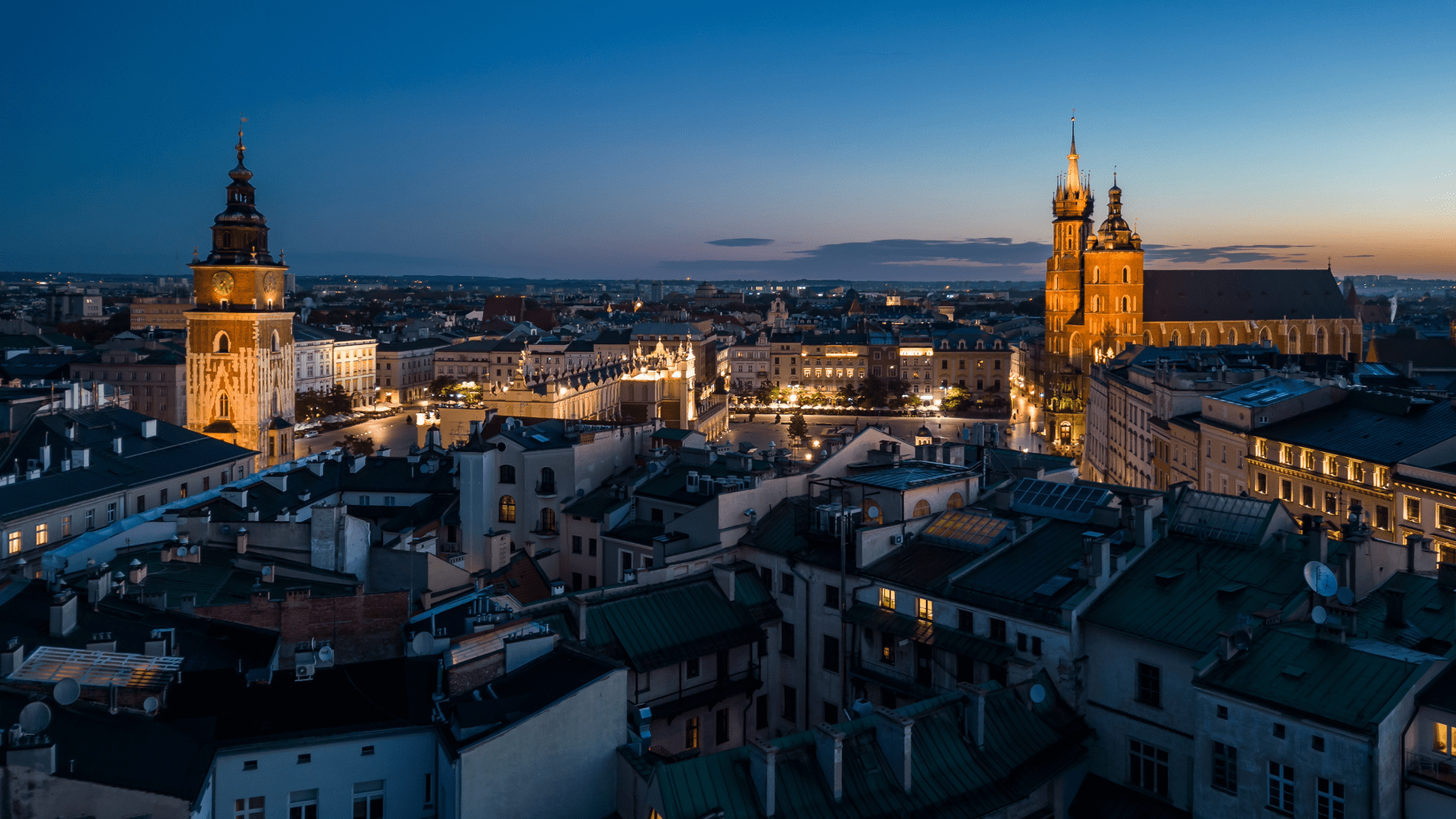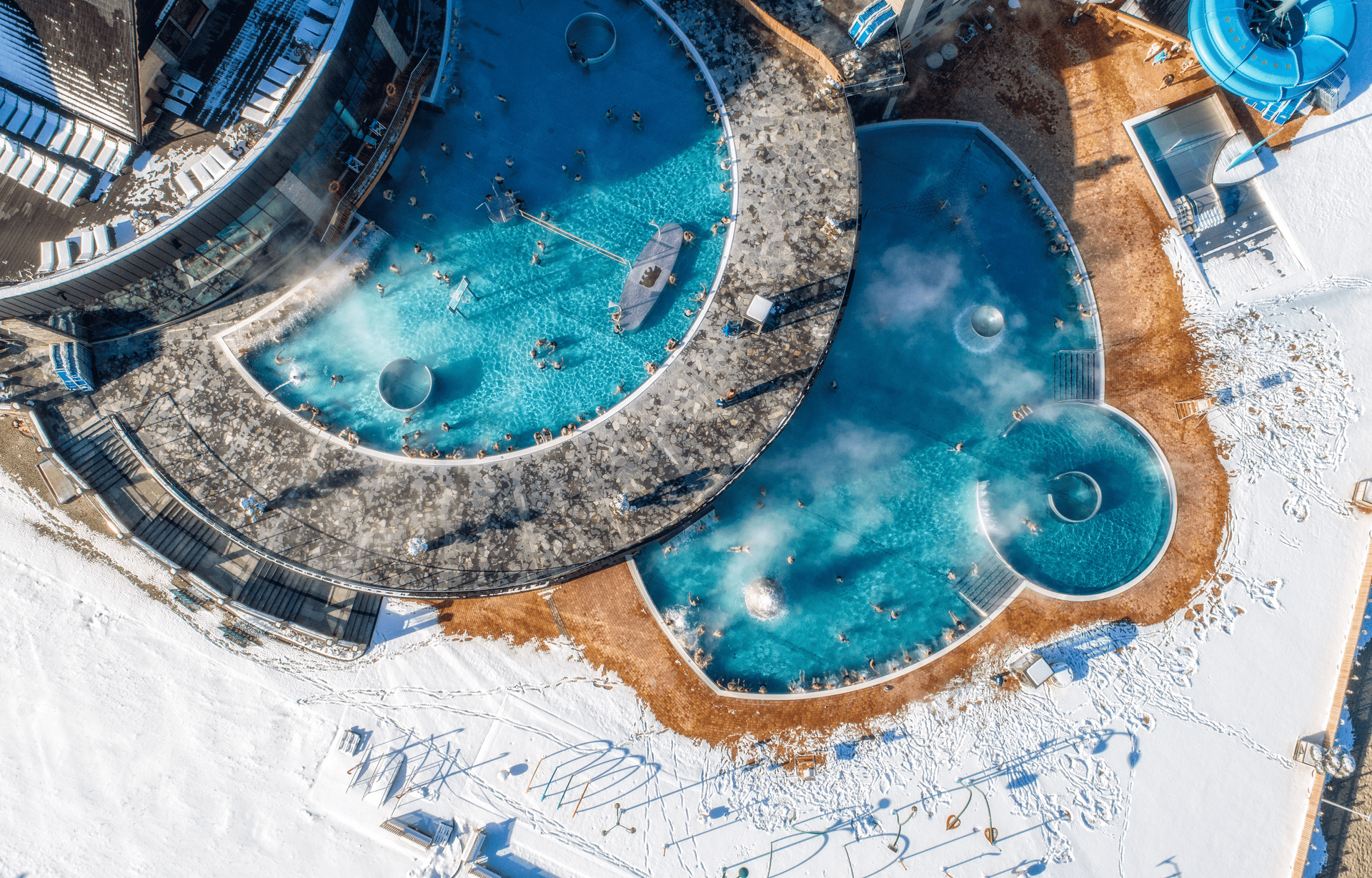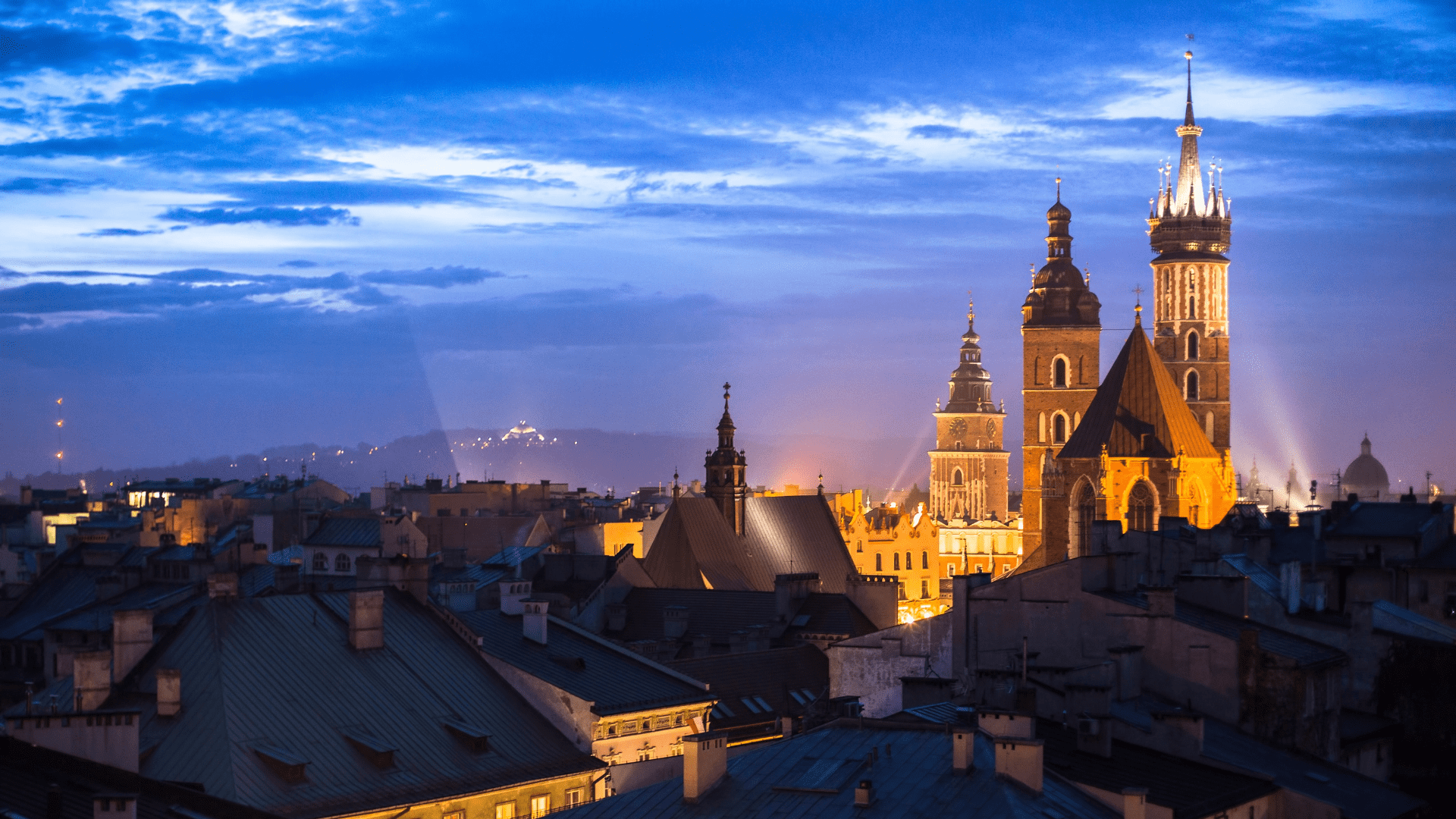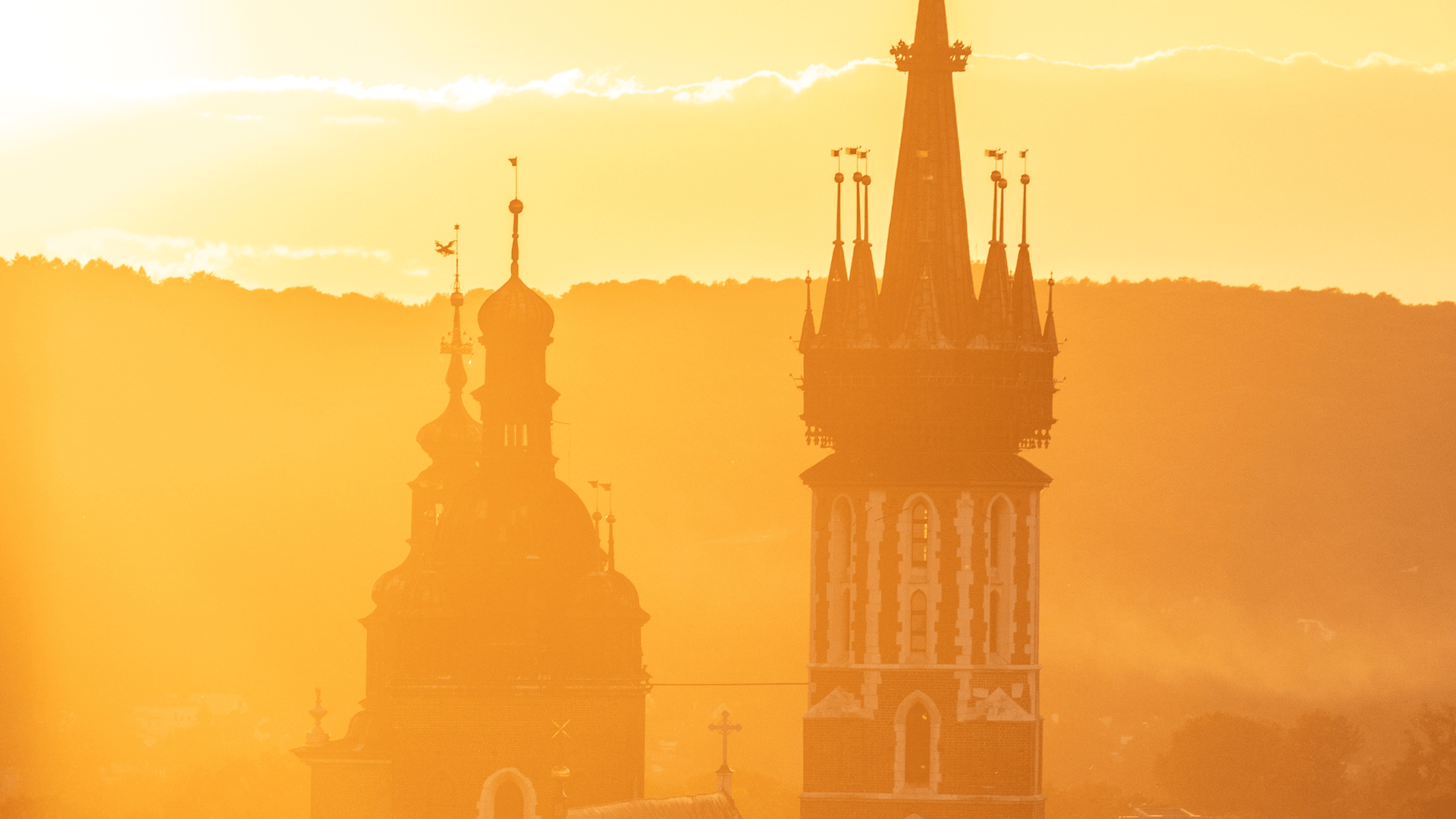Silence of Auschwitz: A Memorial Guide
Auschwitz-Birkenau, located in Oświęcim near Krakow, is the largest German Nazi concentration and extermination camp. It symbolizes the systematic extermination carried out by the Third Reich during World War II. Today, the former camp serves as a museum and memorial site. It is a crucial educational point in Europe. Auschwitz, was not a single camp. It was a vast complex. Over 40 Nazi German concentration and extermination camps operated in occupied Poland. This occurred during World War II and the Holocaust. It was the largest site of its kind. It was the main center of the Nazi "Final Solution to the Jewish Question." This made it the largest single location of mass murder in history.
Origins and Evolution
Initially, the camp was for Polish political prisoners. For the first two years, Poles were the majority of inmates. They died from starvation, brutal maltreatment, and disease. Many were shot or murdered in gas chambers. Over time, Auschwitz II-Birkenau became central to the Nazi plan. It aimed to exterminate Jews in Europe. They were deported from almost every European country.
Initial plans for Auschwitz were modest. It was to be a small "quarantine camp" for about 10,000 people. This was due to overcrowded prisons in Upper Silesia. Convenient rail connections also played a role. However, this vision quickly shifted to mass extermination. Heinrich Himmler ordered an increase to 30,000 prisoners. In March 1941, he ordered the construction of Auschwitz II in Brzezinka. Later, in the summer of 1941, it was designated for the "Final Solution." This shows the terrifying escalation of Nazi ideology.
Scale of the Tragedy
An estimated 1.3 million people were deported to the Auschwitz camp complex. This happened between 1940 and 1945. Approximately 1.1 million were murdered. The camp was integral to the Nazi system. It was a key part of the "Final Solution." Among the murdered were about 960,000 Jews. Also, 70,000-75,000 Poles died. 21,000 Roma and Sinti were killed. 15,000 Soviet prisoners of war perished. Additionally, 10,000-15,000 people of other nationalities were murdered.
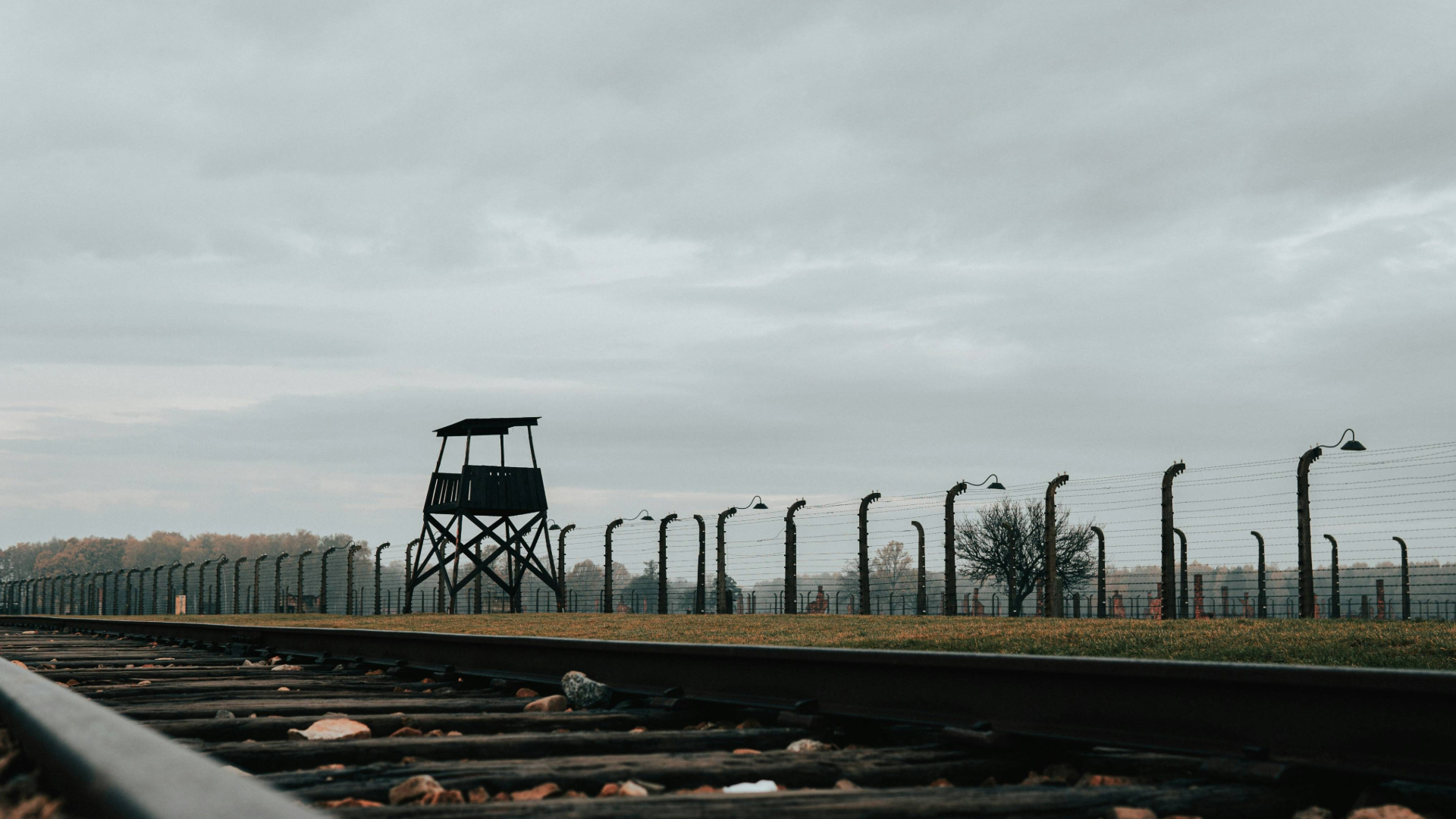
Complex Structure
The Auschwitz complex was extensive. It comprised several main parts:
- Auschwitz I (Stammlager): The main camp in Oświęcim. It served primarily as a forced labor camp. It was also an administrative center.
- Auschwitz II-Birkenau: The main extermination camp. It featured gas chambers and crematoria for mass murder.
- Auschwitz III-Monowitz: A labor camp. It supplied forced laborers for the Buna synthetic rubber plants. These were part of the I.G. Farben concern. Dozens of smaller sub-camps supported it.
Dehumanization and Prisoner Identification
Auschwitz prisoners underwent dehumanization. This was a key element of the camp system. It included stripping identity and humiliation. Numbers were tattooed. Obedience was enforced. Auschwitz was the only Nazi camp to tattoo prisoners. Inmates received minimal food rations. They worked in murderous conditions. Their categories were marked with colored triangles and letters.
Even entry into gas chambers was based on deception. Promises of baths and delousing maintained an illusion. This lasted until the last moment. Victims were methodically deprived of names, dignity, and individuality. They were forced into total submission. This eased the perpetrators' crimes. It weakened the victims' will to resist. Physical extermination was preceded by psychological and social extermination. This was systematic and calculated.
Authentic Testimonies
Visitors at the camp face authentic historical evidence. Preserved barracks show the devastating living conditions. Tight, crooked bunk beds reveal a daily struggle for survival. Remains of gas chambers and crematoria are visible. These were sites of mass extermination. Millions lost their lives there. Electric fences and watchtowers stretch to the horizon. They remind us of ruthless control and terror.
Walls in reception buildings are covered with victims' photos. These individual faces transform abstract statistics into personal stories. They recall the human dimension of the Holocaust tragedy. A preserved freight car, a silent witness, symbolizes the misery. It represents the suffering of journeys that ended at the camp.
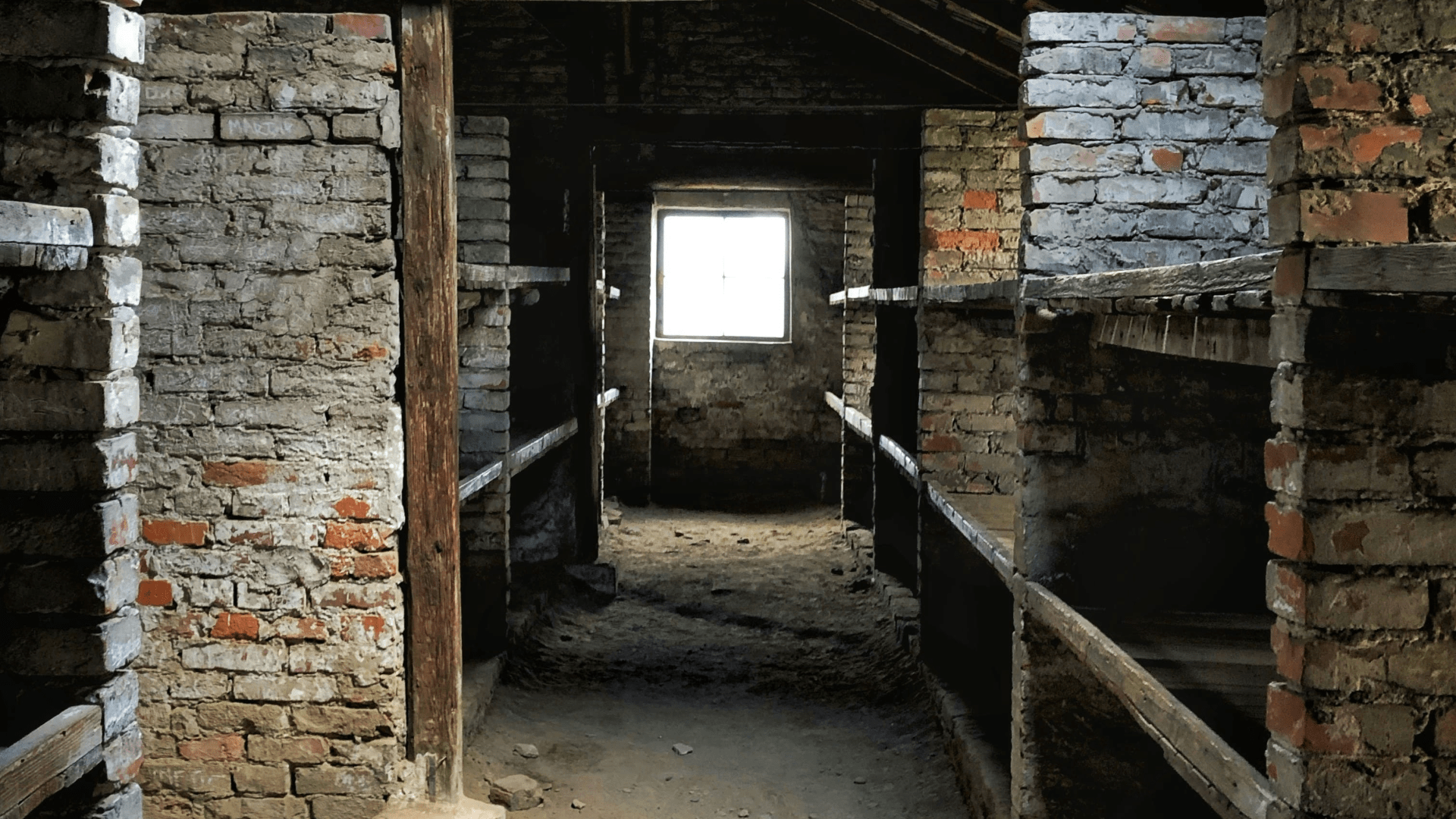
The "Never Again" Imperative
Preventing future atrocities rests on several pillars. These form the "Never Again" imperative:
- Preserving Holocaust Memory: Auschwitz-Birkenau is central to Holocaust memory. It recalls racism and barbarism for all humanity. This memory must be preserved. Yet, preservation is not passive. It's an ongoing process. It requires vigilance against those who distort truth.
- Educating Younger Generations: Teaching future generations about the camp's history is vital. It prevents similar events from recurring.
- Maintaining the Site as Proof: The former camp's grounds, fences, and barbed wire serve as evidence. Ramps, barracks, gas chambers, and crematoria show clearly how Jewish extermination occurred. They show the Nazi German policy of mass murder and forced labor. This is irrefutable proof. It's a warning against radical ideologies. It warns against denying human dignity.
- Importance of Survivor Testimonies: Survivor testimonies, like Henryk Mandelbaum's, are crucial. Historical documents, reports (e.g., Pilecki's Reports, Auschwitz Protocols), and staff memoirs also provide truth.
- Fighting Historical Distortion: Combating "Auschwitz lies" is necessary. This includes denying victim numbers or gassing. False terms like "Polish camps" obscure responsibility. Actively defending historical truth is essential. The successful UNESCO name change campaign is an example. It changed to "Auschwitz-Birkenau. German Nazi Concentration and Extermination Camp (1940-1945)." This shows Holocaust memory is dynamic. It's not static truth. It's often a disputed battlefield. This highlights the continuous need to defend historical truth. It fights revisionism and denial. Lessons from Auschwitz must be actively taught and protected.
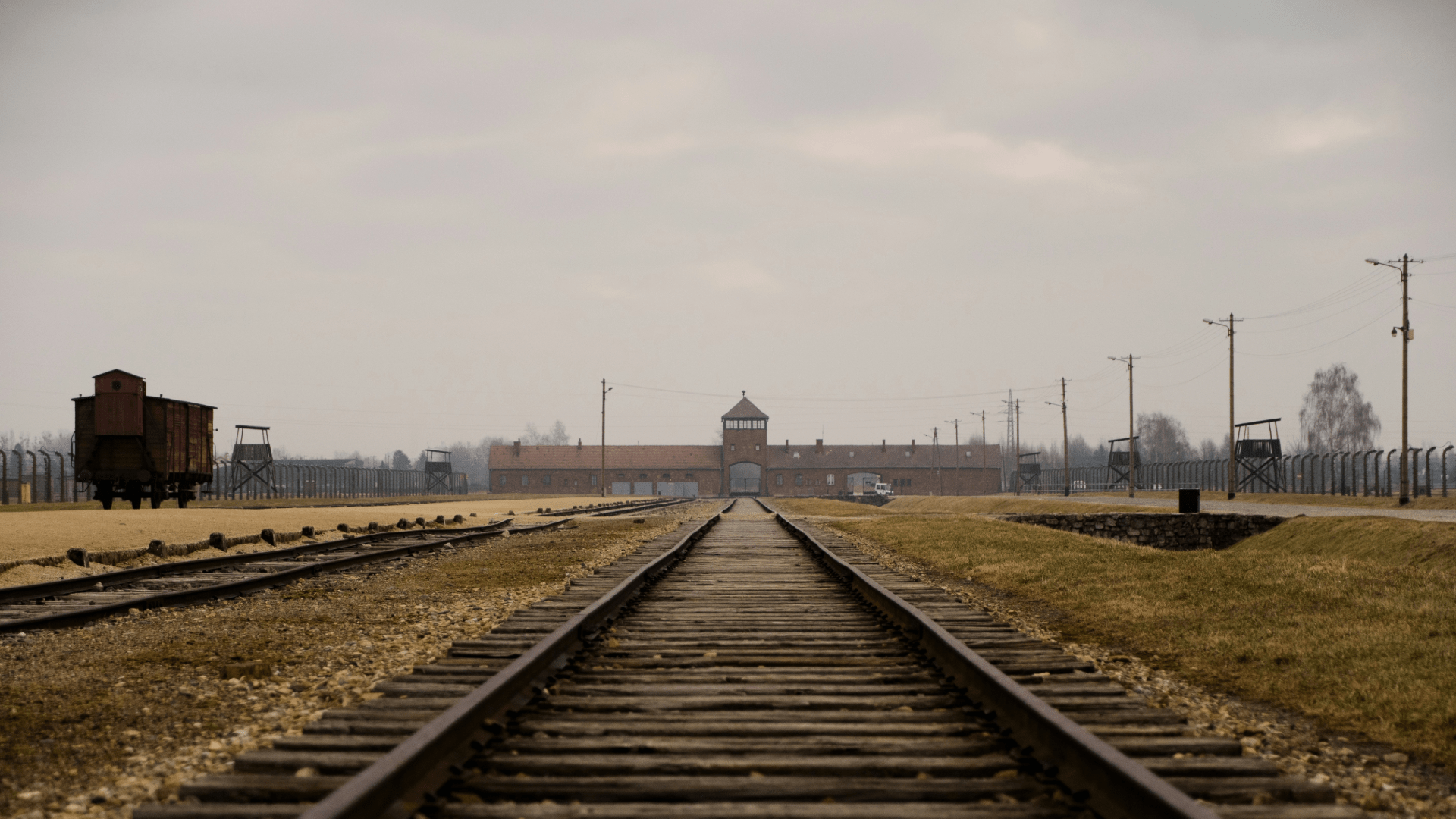
Planning a Reflective Journey with Hello Cracow
Choosing the right tour organizer is key. This is crucial for such a deeply significant place. A professionally guided tour offers accurate historical context. Visitors can process emotional intensity sensitively. They fully absorb the lessons the site conveys.
Hello Cracow cover all logistics. This includes comfortable transport from Krakow. It also covers ticket booking and guided access. Visitors can focus solely on historical significance. They can also focus on the visit's personal impact. No organizational worries remain. To embark on this essential historical journey, explore Hello Cracow's guided tours.
